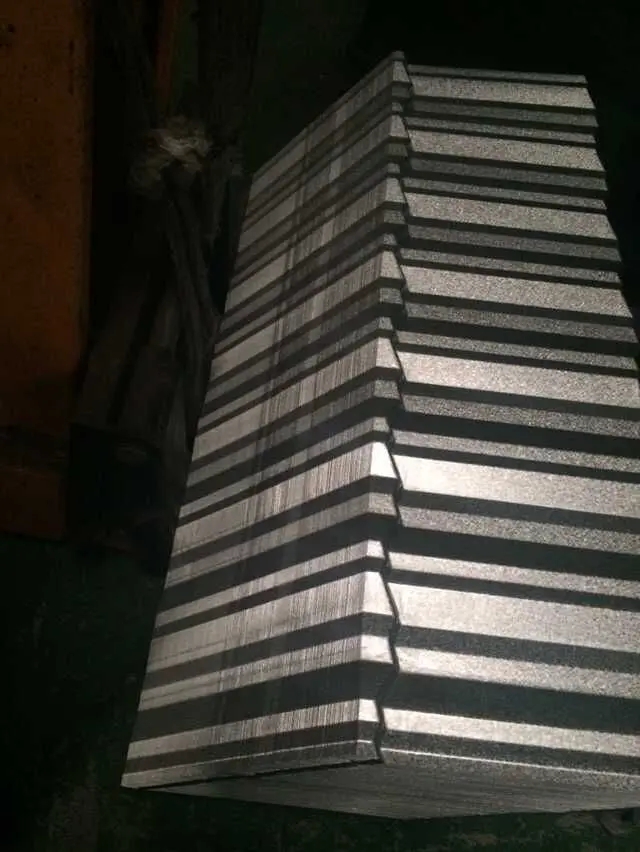
Right Channel Roll Forming Machine with High Straightness
The manufacturing industry continually seeks methods to enhance efficiency, precision, and output quality. Among the various technologies that have emerged, roll forming has proven to be one of the most effective processes for producing a wide range of products from metal sheets, particularly channel sections. This article discusses the significance of using a right channel roll forming machine, especially one that emphasizes high straightness, its features, benefits, and applications.
What is Roll Forming?
Roll forming is a continuous bending operation in which long strips of metal are passed through a series of rollers, each creating a specific bend or shape. As the metal moves from one roller to the next, it progressively takes on the desired cross-section. Unlike other fabrication methods, roll forming is highly efficient and suited for production runs of parts that require consistent shapes.
Importance of Right Channel Profiles
Right channel sections are crucial in various construction and engineering applications, serving as structural components for framing, supports, and conduits. Their unique shape allows them to withstand significant loads while remaining lightweight. Ensuring high precision and straightness in the manufacturing process is vital, as even minor deviations can lead to structural weaknesses or difficulties in assembly.
The Role of High Straightness in Manufacturing
High straightness is a critical requirement for any roll-formed product, particularly for right channel profiles. Stray deviations, twists, or distortions can compromise the integrity of the channel, lead to costly rework, and affect overall project timelines. A roll forming machine designed to deliver exceptional straightness not only meets manufacturing standards but also enhances the performance of the final product.
Features of a Right Channel Roll Forming Machine with High Straightness
1. Precision Roll Design The rollers in a high-straightness roll forming machine are crafted with precision engineering techniques, ensuring uniform pressure and consistent bending across the strip of metal. This minimizes deformities and irregularities.
2. Adjustment Mechanisms Many machines come equipped with advanced adjustment systems that allow operators to fine-tune the alignment and pressure of the rollers. This adaptability ensures that variations in material thickness or type can be accommodated without sacrificing straightness.

3. High-Quality Materials The durability and longevity of the machine are often tied to the materials used in its construction. A high-quality roll forming machine typically features robust components that can withstand the stresses of continuous production.
4. Advanced Control Systems Modern machines are often integrated with computer numerical control (CNC) technology, allowing for precise monitoring and adjustments during the roll forming process. This capability enhances repeatability and reduces errors.
5. Post-Forming Straightening Device Some machines include a straightening unit, which further refines the profile after roll forming. This step ensures the highest possible degree of straightness and helps eliminate any residual stress from the forming process.
Benefits of Using a High Straightness Right Channel Roll Forming Machine
1. Increased Efficiency The streamlined process associated with roll forming, combined with high straightness, allows for rapid production of channel profiles, meeting high demand without sacrificing quality.
2. Cost-Effectiveness By reducing scrap material and rework caused by defective parts, companies can save significantly on production costs.
3. Improved Structural Integrity High straightness contributes to the overall strength and durability of the finished product, ensuring it can perform adequately in its intended application.
4. Versatility High-straightness roll forming machines can often accommodate a variety of materials, including steel, aluminum, and other metals, making them suitable for diverse applications across several industries.
5. Quality Assurance The capability to consistently produce high-straightness channels allows manufacturers to meet stringent industry standards, making their products more competitive in the market.
Conclusion
The right channel roll forming machine with high straightness represents a significant advancement in manufacturing technology. By ensuring exceptional precision and quality in the production of channel profiles, manufacturers can enhance efficiency, reduce costs, and produce components that meet rigorous performance standards. As industries continue to evolve and demand higher quality products, investing in such machines will be pivotal in maintaining competitiveness in the market.